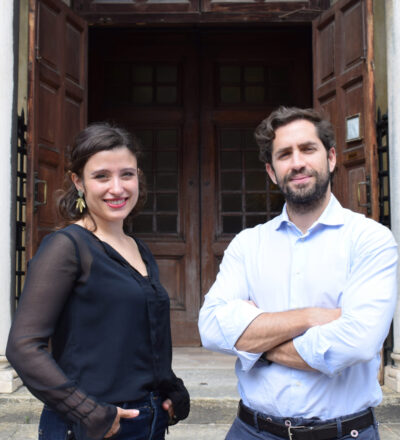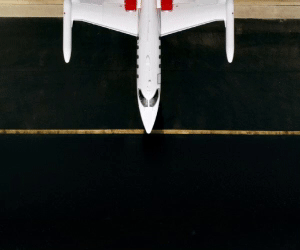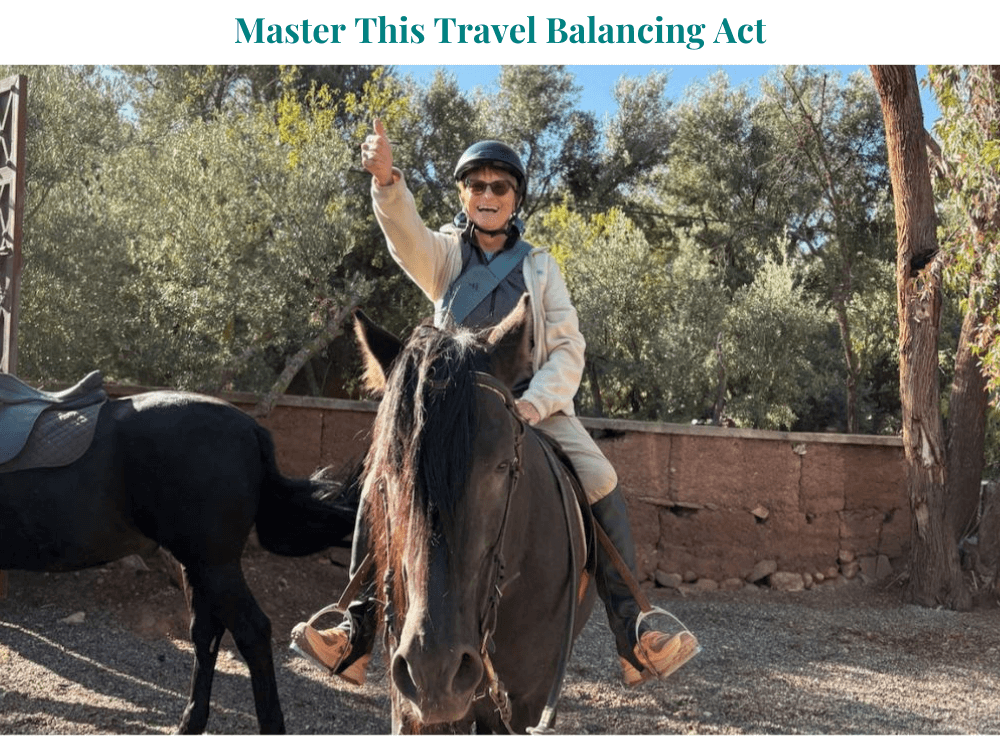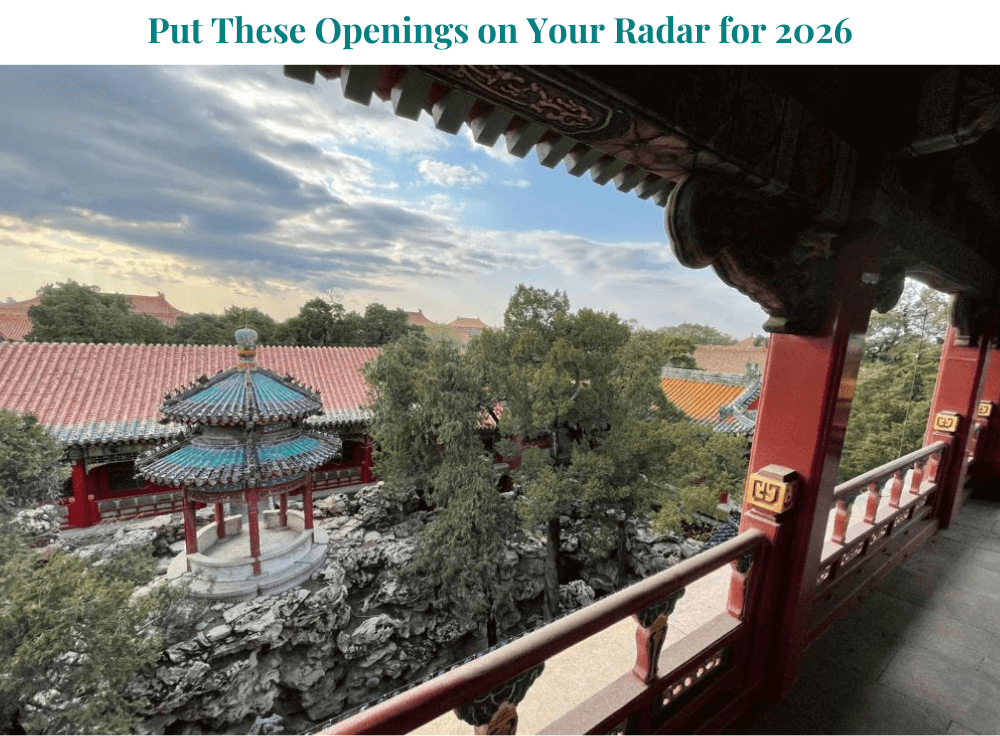The Best of the Dolomites in Summer and Winter: An Insider’s Guide
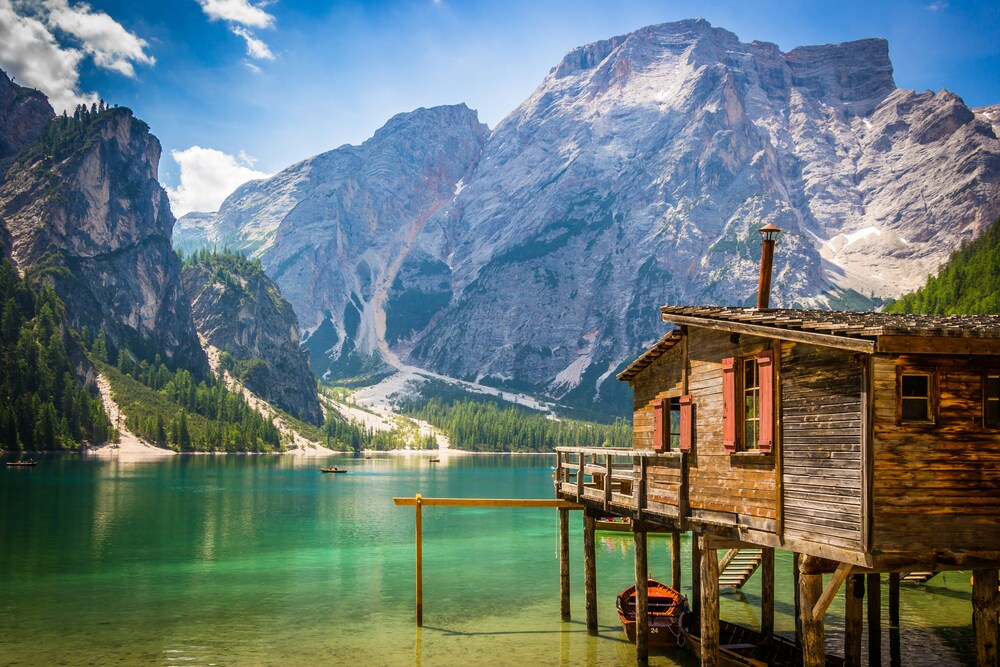 Imagine waking up to this view of Lake Braies in the Dolomites, Italy. Photo: Matthias Schroder
Imagine waking up to this view of Lake Braies in the Dolomites, Italy. Photo: Matthias Schroder
The insider advice on this page is from two of Wendy’s Trusted Travel Experts for Italy: Alberto Buzzanca and Martina Venturi of Authenticus Italy.
Based in Milan, Alberto and Martina focus on authentic experiences and connecting travelers with the local way of life. They each grew up in Italy, then lived and worked in the U.S. before returning home to pursue their mission. Alberto was raised in Sicily by the sea (he’s an avid windsurfer), then earned an MBA and worked at J.P. Morgan in New York City; Martina is originally from Lombardy and, fascinated by art history, studied cultural heritage and worked at the Smithsonian in Washington, D.C. They’re willing to use 3-star hotels and transport including trains and rental cars.
What to See and Do
Don’t miss
Spending a night at a rifugio. Staying in a mountain hut like Rifugio Lagazuoi or Rifugio Nuvolau, after the day trippers have all left, brings you closer to the region’s natural wonders: the clear night skies, the reverent stillness, the unforgettable sunrises over the peaks. Rifugios range from simple facilities with shared bathrooms to more luxurious digs with starched tablecloths (and with varying levels of Wi-Fi connectivity), though all include hearty, convivial dinners of local dishes. Alberto and Martina can guide you to the right one based on the experience you’re looking for.
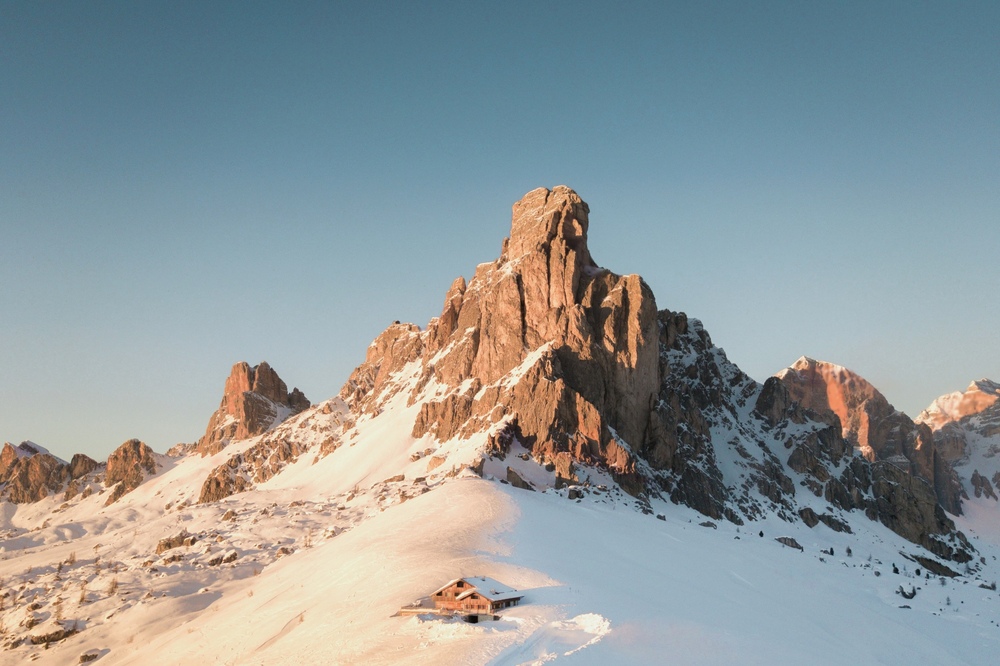
There’s nothing cozier than a night at a mountain rifugio in the Dolomites. Photo: Michael Baccin
If you are a confident skier, don’t miss the Olimpia delle Tofane slope—it’s a classic women’s World Cup downhill ski course in Cortina d’Ampezzo and will host the women’s Alpine and Paralympic Skiing in 2026—and Spinale Direttissima, the renowned slope in Madonna di Campiglio whose famous final wall has a 70% gradient.
Most underrated place
Lake Sorapis. Its striking turquoise water and peaceful vibe make it a perfect escape from the crowds. The hike there is a bit challenging but totally worth it: You feel like you’ve found your own little slice of paradise in the Dolomites.
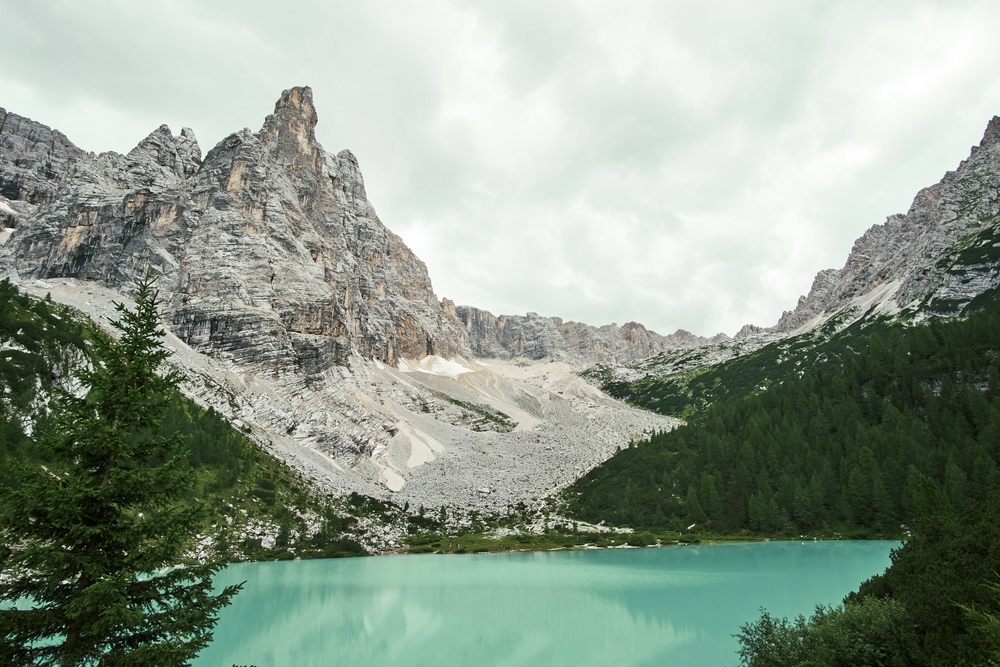
Glacial silt gives Lake Sorapis its striking hue. Photo: Nicola Pavan
Most overrated place
The Tre Cime di Lavaredo mountain range is a stunning landmark, but in July and August the crowds and parking chaos can take away from the experience. If you’re set on seeing it in summer, go at sunrise.
Hidden gem
Val di Fanes. This beautiful valley is a bit off the beaten path and gives you all the stunning Dolomite views without the crowds. It’s full of alpine meadows, clear streams, and cozy mountain huts. There are some amazing hikes here that take you to cool spots like waterfalls and Lago di Fanes.
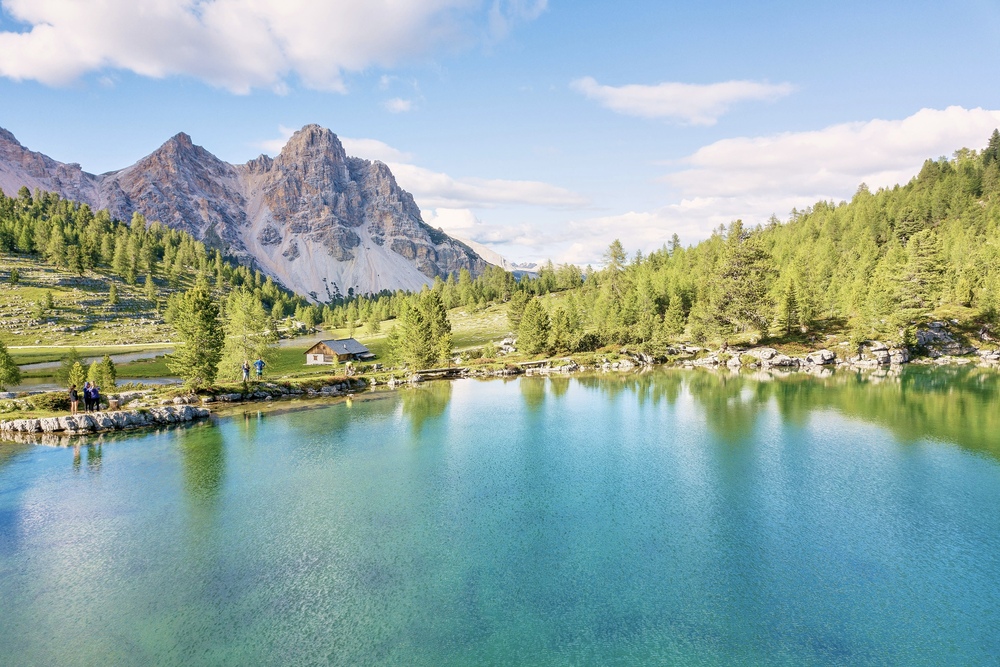
Get away from the crowds in the lesser-known—but plenty beautiful—Val di Fanes. Photo: Tim Cheung
Cheap thrill
Cable car rides at sunset: Taking the Seceda or Freccia nel Cielo cable car for a sunset panorama costs far less than a helicopter tour but delivers just as breathtaking a view.
Where to Stay and Eat
Best bang-for-your-buck hotel
You can easily spend a week based in Cortina, taking day trips and riding cable cars to explore the region’s most iconic landscapes and villages. The Hotel de Len makes for an excellent home base: This eco-conscious boutique spot delivers luxury without the excess—a sleek wellness spa with a rooftop sauna, a central location just steps from Cortina’s Corso Italia, and a focus on sustainability, all at more approachable rates than the town’s five-star resorts. The best value is in the Superior Rooms with a balcony: You get stylish, modern alpine design, a cozy atmosphere, and mountain views.
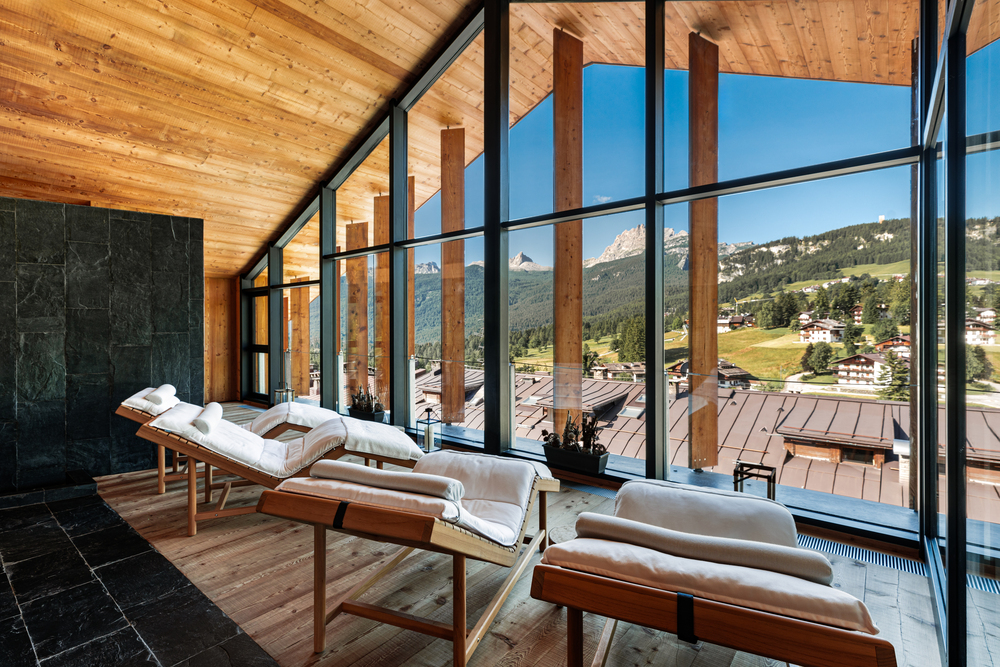
Check out the view from the spa at Hotel de Len, in Cortina. Photo: Hotel de Len
Best-value splurge hotel
Aman Rosa Alpina is a luxury hotel in San Cassiano, located in the heart of the Dolomiti Superski area. Known for its charm and exceptional service, the property took on the Aman name in 2020, but the family that established and has managed the hotel for three generations maintains a majority stake to ensure it retains the same familiar character. After a major renovation, it will reopen in July 2025. The redesigned hotel will feature 50 spacious rooms, including two Presidential Suites and Chalet Zeno, a stylish luxury apartment with full hotel services.
Restaurant the locals love
Villa Oretta, owned by the same family for over 30 years, has a warm atmosphere, delicious local food, and great views over the slopes of Tofana.
Dishes to try
Canederli are traditional dumplings, a comforting dish made from leftover bread, smoked ham, and herbs that is best enjoyed with a glass of local Lagrein wine. (If you love wine, it’s also worth the trek to Caldaro, which produces the region’s best bottles—some of it still made by monks.)
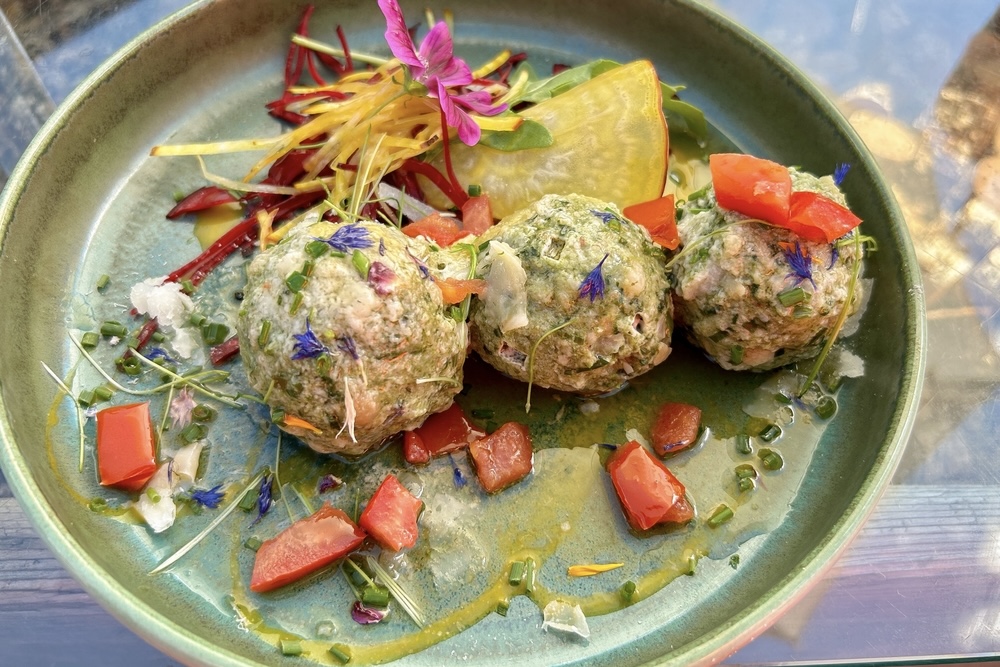
A colorful plate of canederli, which are traditional dumplings. Photo: Shutterstock
Farm-fresh cheese. Alberto and Martina know local farmers who welcome their travelers in for tours of their artisanal operations, and tastings of their delicious cow and sheep cheeses. Each valley has well-kept secrets that give their cheeses a characteristic flavor. If you visit in fall, you can join residents to honor the farmers and animals returning from alpine pastures with festivals and parades.
Meal worth the splurge
SanBrite is the place. This Michelin-starred spot has a laid-back yet refined vibe, and the dishes are as visually stunning as they are delicious. The service feels personal, like you’re at a friend’s house. Try the risotto with porcini mushrooms—it’s packed with the earthy richness of the Dolomites.
How to spend a lazy Sunday
Enjoy a thermal spa day. Unwind at QC Terme Dolomiti in Val di Fassa, where you can soak in outdoor pools with panoramic mountain views, or at Rosapetra Spa Resort in Cortina, which has indoor and outdoor saunas, Turkish baths, and and an ice waterfall.
Forecast for the 2026 Winter Olympics (and beyond)
Milan and Cortina d’Ampezzo will co-host the 2026 Olympic Winter Games from February 6-22. The opening ceremony—tickets for which are already in short supply—will be in Milan and the closing ceremony in Verona.
With three regions of Italy involved, the logistics will be complicated. Alberto and Martina can help travelers make smart choices about how to see their favorite events while also exploring the area; they can also get you access to private or shared lounges within the venues. While hotel rates during the Games are sky-high, Alberto and Martina have access to ticket-and-accommodation packages that cost less than the elements would when purchased individually.
In Milan, the Olympic Village and other facilities are being constructed on an abandoned rail yard and a fourth metro line was recently completed, bringing new life to once-neglected parts of the city.
Best Times to Go
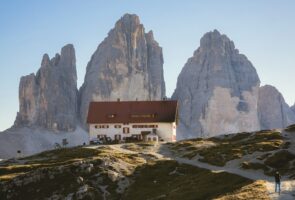
June to September is perfect for hiking and cycling among the region’s spectacular peaks, valleys, and lakes. December to March is ideal for skiing, snowshoeing, and winter sports.
Worst Time to Go
April to early May is an awkward between-season period: Ski resorts close and many mountain lodges shut down for maintenance.
Biggest Rookie Mistake
Not taking the terrain and weather seriously: Trails here can be steep and tough, and the weather changes quickly. Layer up, wear sturdy shoes, and always check trail conditions before you head out.
Route Review
The Dolomites offer hiking and cycling options for all levels and abilities: You can scale a sharp peak or ride a cable car up to a flat alpine meadow with gentle trails (the Alpe di Siusi is a great choice for this); navigate single-track on knobby tires or opt for an easy ride along paved rail-trails via e-bike.
Scam to Avoid
Fake alpine products in tourist shops. Many mass-produced souvenirs mimic traditional South Tyrolean crafts. For the real deal, shop from artisans’ cooperatives instead; each village has one, with some of their goods often for sale in the local tourist office. If a store is packed full of goods that are wrapped in plastic, chances are they came from a factory.
Must-Have Apps
My Dolomiti for checking lift status, ski routes, and snow conditions in winter.
If you want to pay only for the hours you actually spend skiing, download MyPass Ski.
Tipping Tip
Service is usually included in restaurants and cafés, but some additional small change is appreciated. If the service is excellent, leave a 5-10% tip.
Airport Intel
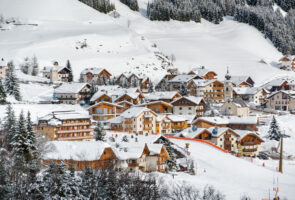
The closest airport to the Dolomites is Venice, a 2.5-hour drive from Cortina. While you may be tempted to rent a car, Alberto and Martina encourage travelers to consider the downsides—narrow, winding roads; the stress of finding parking at a small trailhead or village—and opt for a private driver instead.
If you’re headed back to Venice on a Sunday in winter, expect to find yourself in traffic with all the other city folk returning from their ski weekends.
Can't-Miss Photo Ops
Lago di Braies at sunrise to capture the lake’s mirror-like reflection of the surrounding peaks.
Enrosadira: This is the term for the remarkable pink glow that the mountains here take on at sunrise and sunset.
The Souvenirs
Locally made woodcarvings or wool products. Ortisei is famous for its handcrafted wooden nativity scenes, while Val di Fiemme produces exquisite wool garments.
The edelweiss flower is the symbol of the Dolomites; taking home any fabric with embroidered edelweiss will remind you of your time spent in this paradise.
Don’t Forget to Pack
A refillable water bottle. The Dolomites have pristine natural springs with drinkable water—refill at public fountains instead of buying bottled water.

